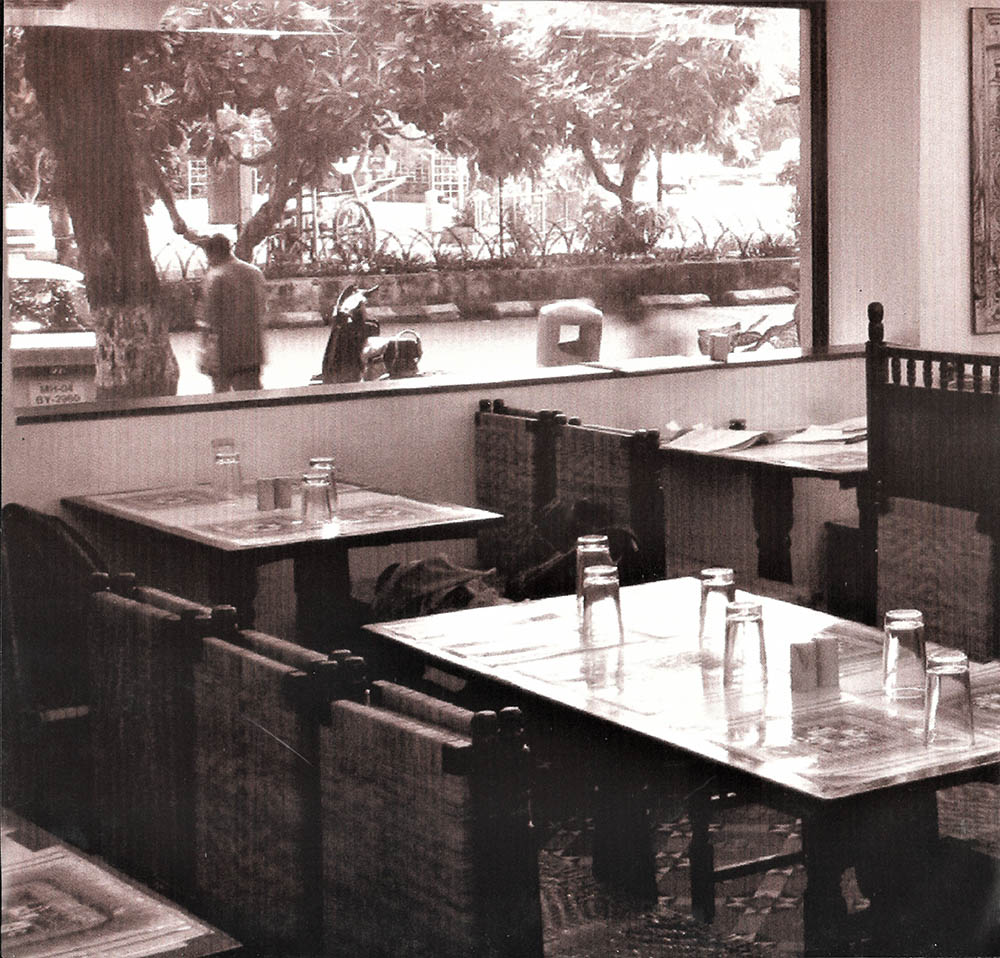Call for Papers: Conference at Sir JJ College of Architecture, Mumbai, 13 December 2019
Bombay’s Spaces of Sociability:
Exile, Migration and Contact Zones

In her analysis of the development of Bombay’s modern art scene in the 1930s and 1940s, Karin Zitzewitz draws on gallerist Kekoo Gandhy’s narrative of the significant role played by spaces of sociability, noting that: “Gandhy’s account privileges the salon and the cafe as the key spaces for the casual debates that drove the production of the artistic community.”[1] The artistic community that Gandhy was referring to included the Progressive artists, many of whom had migrated to Bombay from other parts of India, as well as the local, often western-educated intelligentsia to which he belonged, and exiled European artists escaping Nazi occupation and war.
In this interdisciplinary workshop we intend to investigate links between migration and cultural production in the famously cosmopolitan port city by foregrounding the importance of spaces of sociability as contact zones: spaces that facilitate the exchange of ideas, foster debate and the formation of discourse, and encourage the construction of personal and professional networks across many borders. In addition to cafes and salons, clubs and hotels seem to have also provided opportunities for performance, debate, exhibition and exchange. Focusing on, but not limited to, examples from the first half of the twentieth century, we invite papers that explore the intersections of migration, cultural production and urban topography in Bombay.
During the one-day workshop we seek to address questions such as: How did cafes, salons and other architectural typologies and urban places encourage intercultural exchange? How did they create spaces of inclusion as well as of hierarchy and exclusion? Were gender, race or sexuality factors? Where were these spaces located within Bombay’s urban fabric and why? Were there differences in the spaces depending on the neighbourhood? Who commissioned, designed, built and operated them? How did minority communities contribute to this? Did temporary or ephemeral spaces, such as festivals, play a role? At what scales did these spaces operate and what type of resonance did they have–within a neighbourhood, throughout the city, regionally, or even internationally? How did their built form or architectural language contribute to their function?
Organisation: This workshop is convened by Sir JJ College of Architecture and METROMOD
Location: Sir JJ College of Architecture
Date: 13 December 2019.
Submission documents: Max. 250 word abstract and one-page CV
Submission deadline: 30 September 2019
Submission address and contact person: Rachel Lee – rachel.lee@lmu.de
www.metromod.net
[1] Zitzewitz, Karin. The Art of Secularism: The Cultural Politics of Modernist Art in Contemporary India. London: Hurst, 2014. p.81

